Optimal Seasons for Foundation Repairs
Foundation repairs are most effective when performed during specific seasonal conditions. The optimal time depends on local climate patterns, soil conditions, and moisture levels. Proper timing can help ensure that repairs are durable and minimize disruption to property occupants.
Spring offers moderate temperatures and increased soil moisture, which can facilitate certain repair methods. However, wet conditions may delay work or cause soil instability.
Summer provides longer daylight hours and generally dry weather, ideal for excavation and foundation work. High temperatures require precautions to protect workers and materials.
Fall can be suitable due to cooler temperatures and reduced precipitation. Soil moisture levels may vary, so timing is important to prevent delays.
Winter is typically less ideal due to freezing temperatures and frozen ground, which can hinder excavation and curing processes. However, in milder climates, repairs can sometimes be scheduled with proper planning.
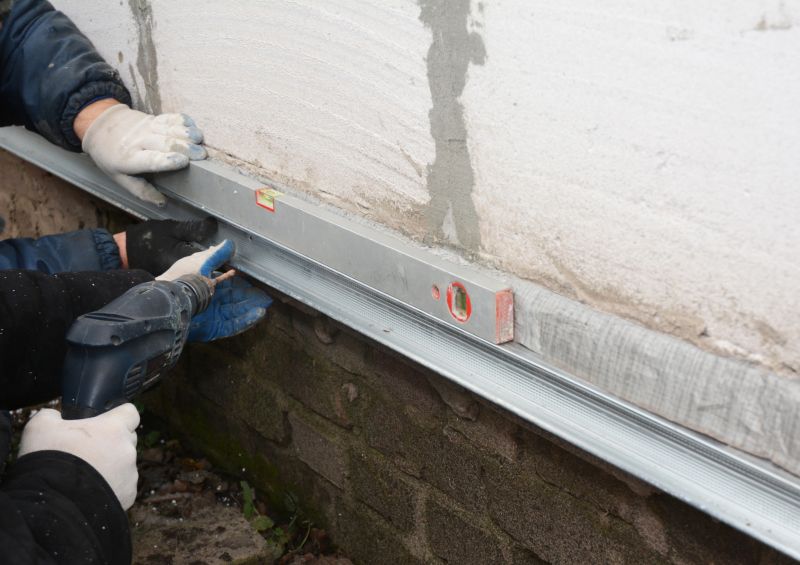
Springtime soil conditions can support effective foundation stabilization.
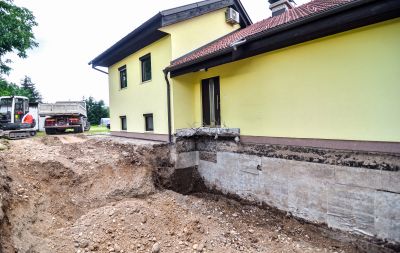
Dry summer weather allows for efficient excavation and repair work.
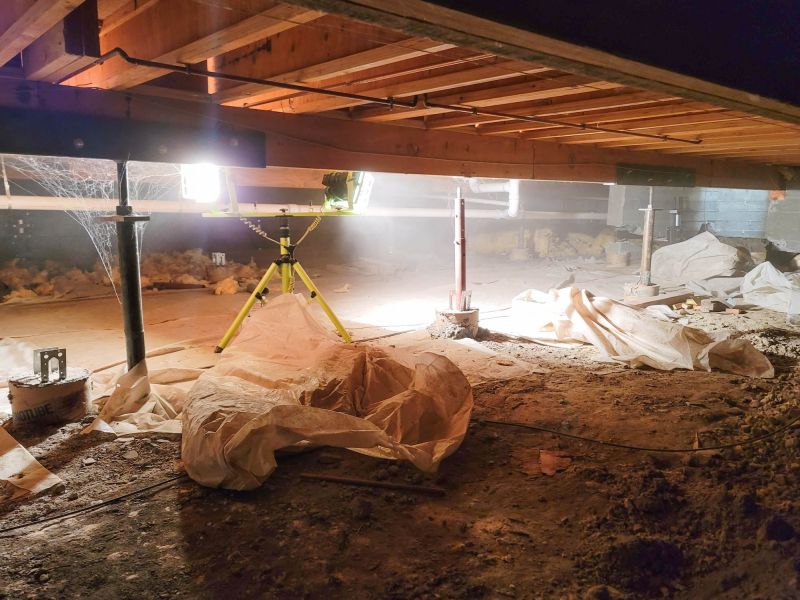
Cooler temperatures and manageable moisture levels make fall a viable repair season.
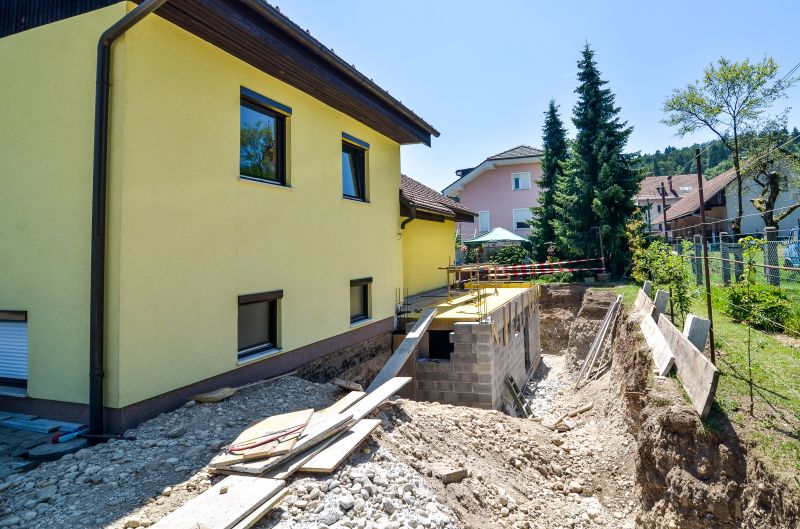
Ways to make Foundation Repairs work in tight or awkward layouts.
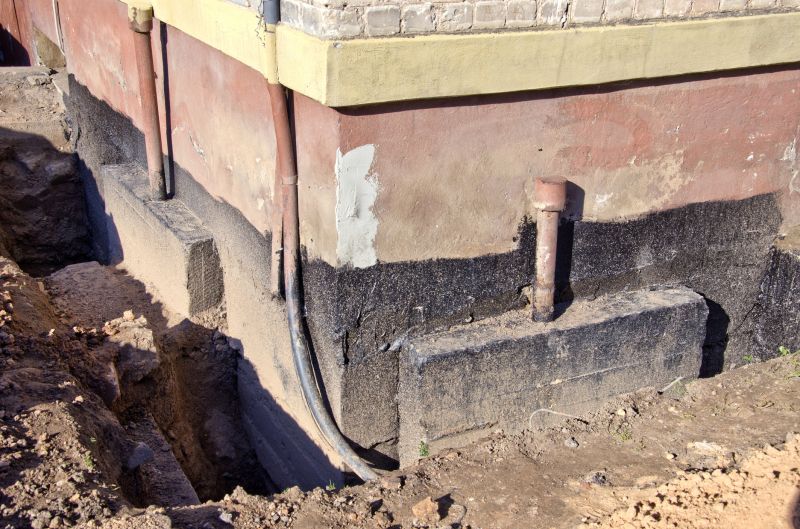
Popular materials for Foundation Repairs and why they hold up over time.

Simple add-ons that improve Foundation Repairs without blowing the budget.

High-end options that actually feel worth it for Foundation Repairs.

Finishes and colors that play nicely with Foundation Repairs.
| Season | Ideal Conditions |
|---|---|
| Spring | Moderate temperatures, increased soil moisture |
| Summer | Dry weather, longer daylight hours |
| Fall | Cooler temperatures, manageable moisture |
| Winter | Freezing temperatures, frozen ground |
Foundation repairs involve addressing issues such as settling, cracking, and shifting that compromise structural integrity. These repairs often include underpinning, slab jacking, or piering to stabilize the foundation. Proper timing ensures that materials cure correctly and that soil conditions are conducive to lasting results. Statistics indicate that addressing foundation problems promptly can prevent more extensive damage and costly repairs later.
Understanding seasonal soil behavior and weather patterns is essential for scheduling foundation repairs. Moisture levels influence soil expansion and contraction, which can impact the stability of a structure. Repair strategies are tailored to seasonal conditions to maximize effectiveness and longevity.
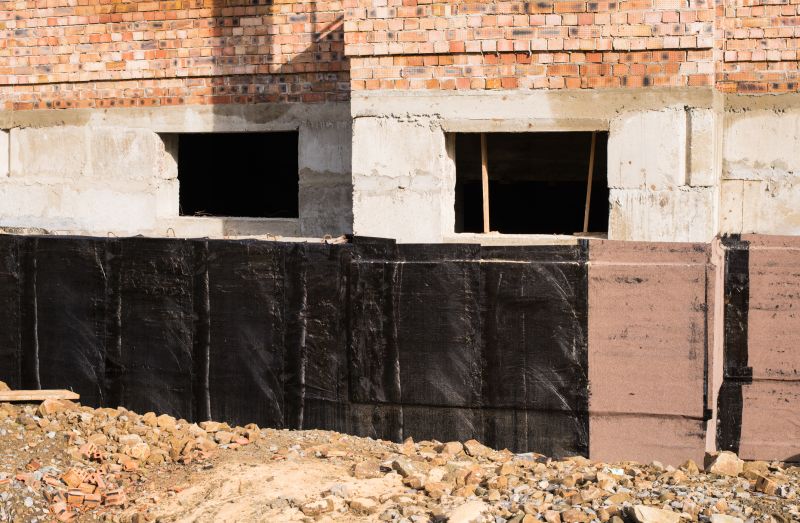
Excavation and stabilization work underway during optimal weather conditions.
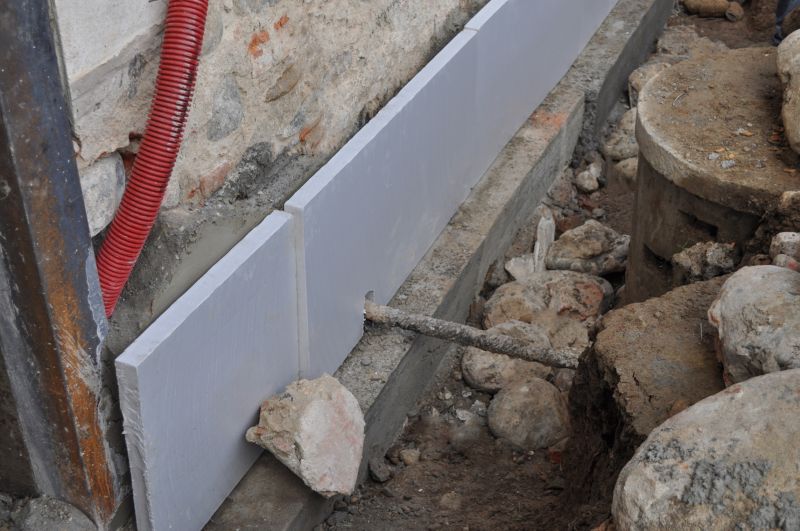
Piering and underpinning methods used to reinforce the foundation.
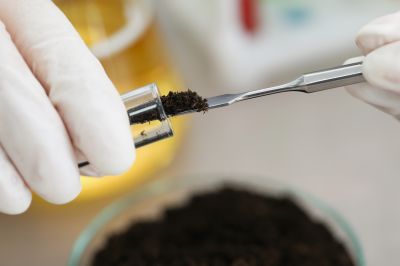
Assessing soil moisture and stability for effective repair planning.
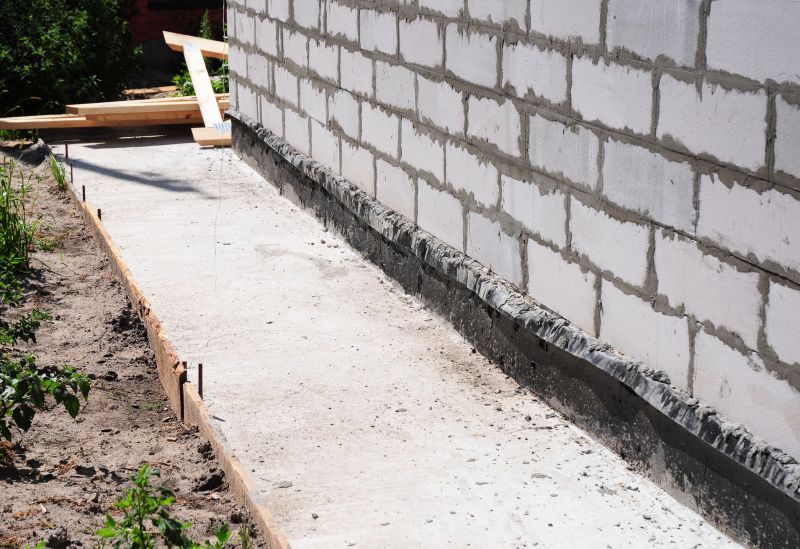
Restored structural integrity with durable repair techniques.
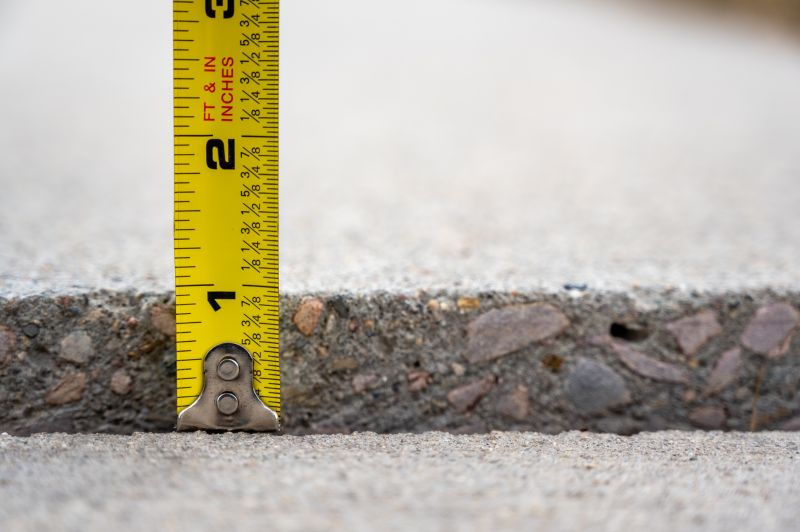
Little measurements that prevent headaches on Foundation Repairs day.
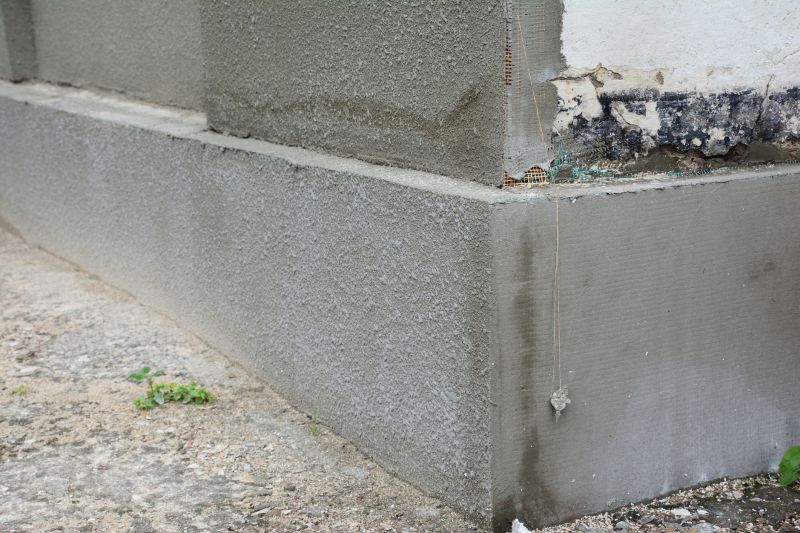
A 60-second routine that keeps Foundation Repairs looking new.
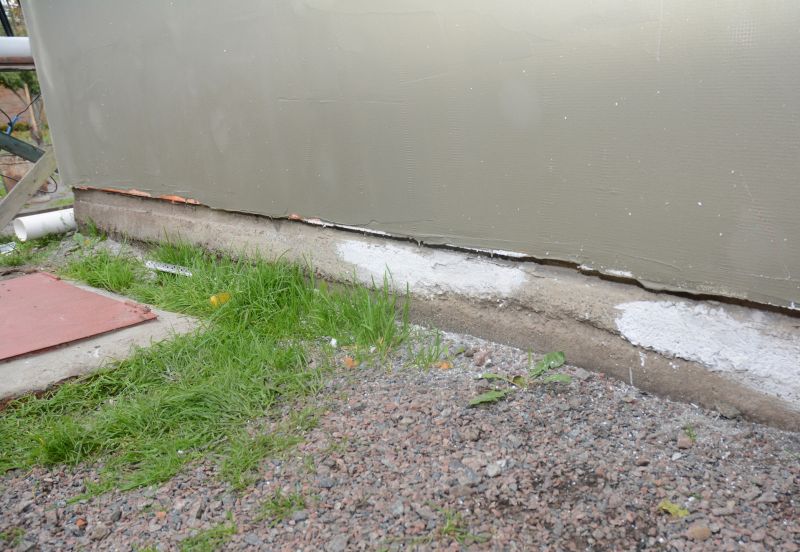
A frequent mistake in Foundation Repairs and how to dodge it.

Small tweaks to make Foundation Repairs safer and easier to use.
Interested property owners can contact to discuss the best timing for foundation repairs based on specific site conditions. Proper scheduling can improve repair outcomes and ensure long-term stability of the structure.

